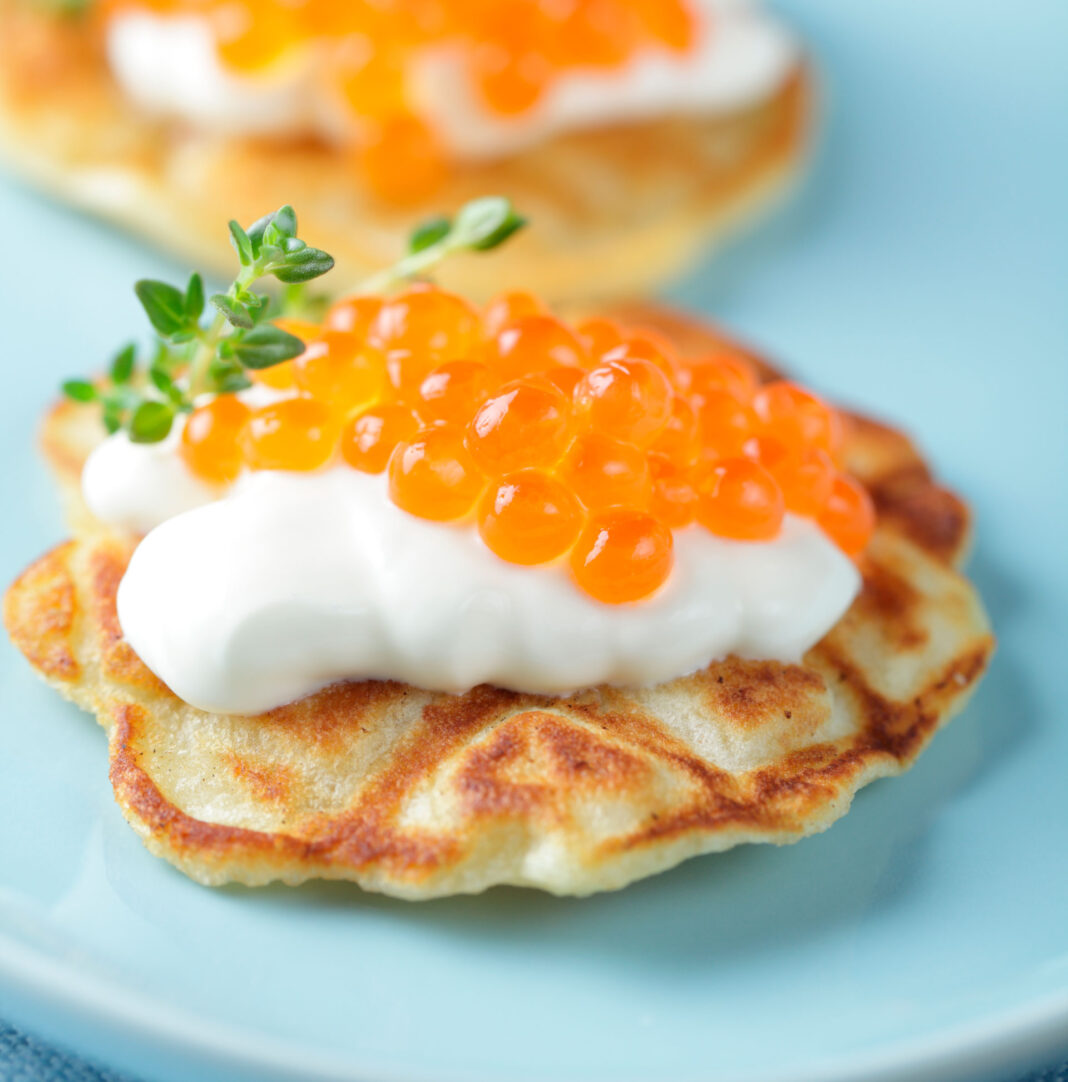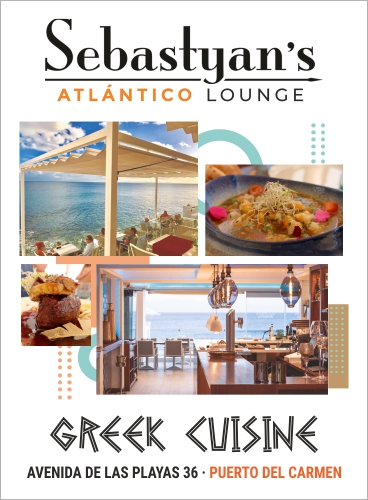Small, round, light and fluffy – blinis are mini pancakes, originally from Northern Europe, that are ideal as canapés
Blinis, or blin in the singular, are small pancakes that originate from Russian and other Slavic cuisines. Traditionally, they are served with caviar and smoked fish and are usually accompanied by butter or a sour cream sauce and a glass of chilled vodka. Unlike crepes and pancakes, blinis are made with a yeast batter that makes them light and spongy and ideal as a base for canapés.
Their origin is linked to an ancient Russian pagan festival called Maslenitsa, when blinis were eaten to celebrate the end of winter. Their circular shape and yellowish colour are said to symbolise the sun.
A traditional recipe calls for 120g wheat flour; 200 ml milk, 5 g. of dry yeast (2 teaspoons) or 10 g. of fresh yeast; 120 ml of vegetable oil; one egg, one teaspoon of sugar and half a teaspoon of salt. Different variations might include natural yoghurt or butter.
They are deliciously simple to prepare. Just put all the ingredients into a blender (preferably a hand blender), and mix well. Once you’ve made sure there are no lumps, cover with cling film and leave to stand in the fridge for 20 to 30 minutes. Once thickened and fermented, brush a non-stick frying pan with olive oil and use a soup spoon to measure out the batter so that the blinis are all the same size. Once they are golden brown on one side, turn them over.
Blinis can be served in a number of different ways. Apart from the traditional caviar or smoked salmon options, other savoury toppings include crème fraîche, pâté, a variety of cheeses, tuna, sardines, sweet pepper, fresh or dried tomatoes, chicken, ham, rocket, basil, mushrooms, pesto, and mustard. Sweet alternatives are most fruits, honey or other syrups, jams, caramelised onion, chocolate, etc. In short, the sky’s the limit as they lend themselves to all sorts of shapes, sizes and flavour combinations.




